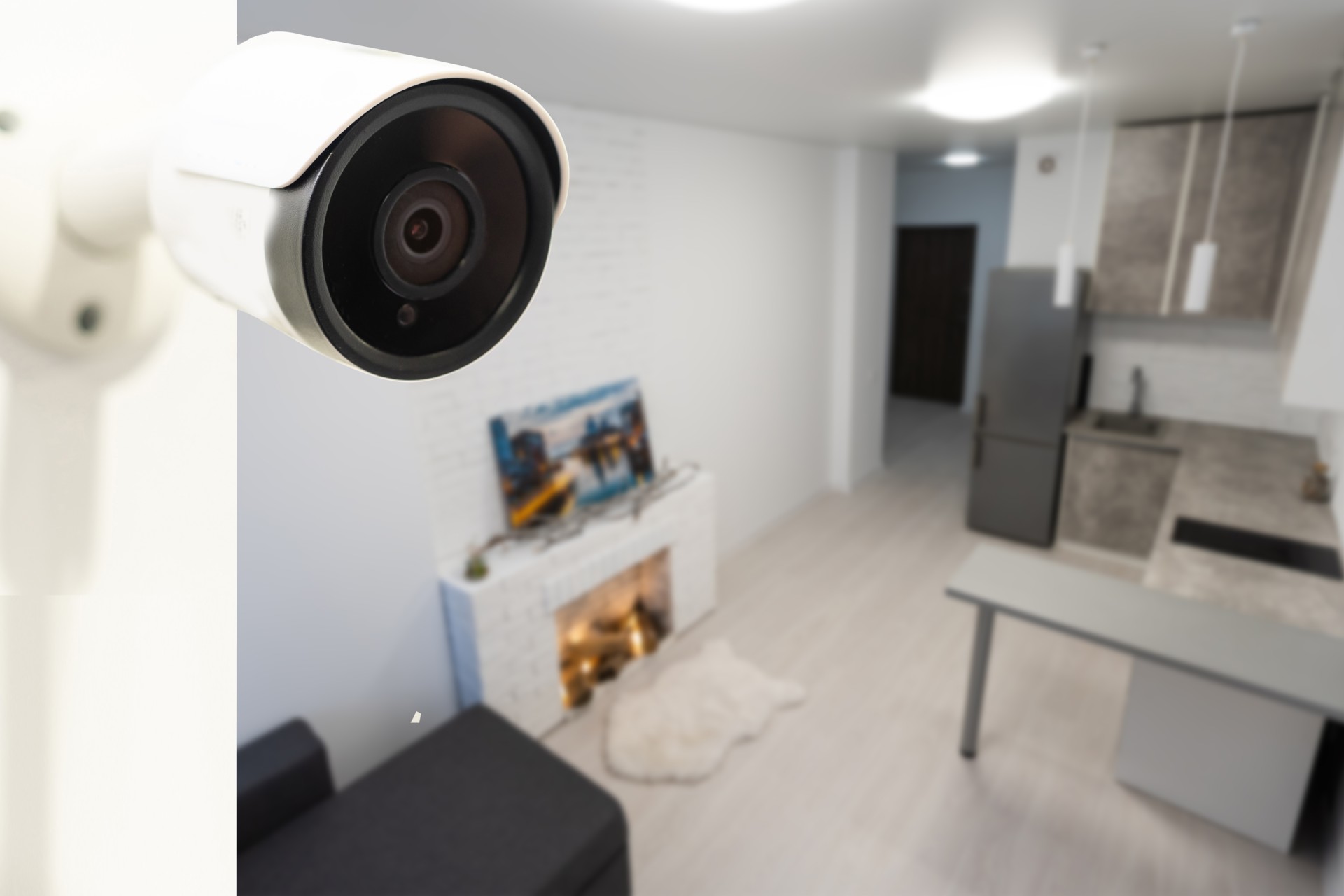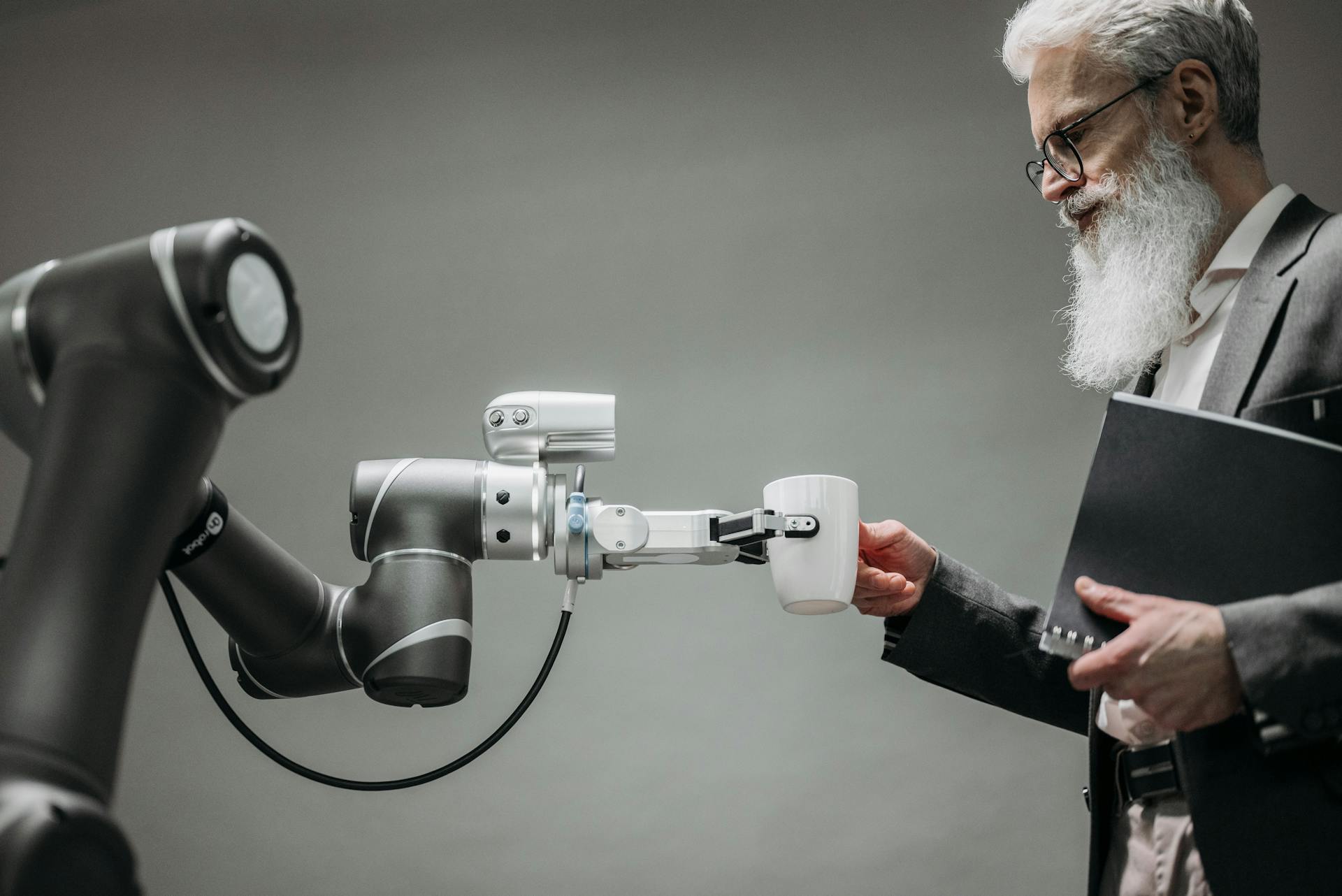In an era where security concerns are on the rise, ensuring the safety of residents in apartment buildings has become a top priority for property owners and managers. A robust security system is essential for deterring criminal activity, preventing unauthorized access, and providing peace of mind to tenants. In this guide, we’ll explore how to create a comprehensive security system for your apartment building to enhance safety and security for all residents.
1. Conduct a Security Assessment:
Before implementing any security measures, conduct a thorough assessment of your apartment building’s security needs. Identify potential vulnerabilities such as poorly lit areas, outdated locks, and lack of surveillance coverage. Consider factors such as the building’s layout, access points, and the level of foot traffic in common areas. A comprehensive security assessment will serve as the foundation for designing an effective security plan.
2. Install Access Control Systems:
Access control systems are a crucial component of any apartment building security system. Implement electronic key card or key fob access systems to regulate entry into the building and individual units. These systems not only enhance security but also provide property managers with the ability to track and monitor access to the premises. Consider installing access control systems at all entry points, including main entrances, stairwells, and parking garages.

3. Implement Surveillance Cameras:
Surveillance cameras are essential for monitoring activity within and around the apartment building. Install CCTV cameras in common areas, entry points, parking lots, and other vulnerable areas to deter criminal activity and provide visual evidence in the event of security incidents. Choose cameras with features such as high-resolution video, night vision, and remote viewing capabilities for optimal security monitoring.
4. Enhance Lighting and Visibility:
Proper lighting is essential for deterring criminal activity and improving visibility in and around the apartment building. Ensure that all common areas, entry points, and parking lots are well-lit to discourage intruders and provide a sense of safety for residents. Consider installing motion-activated lights and timers to enhance security during nighttime hours.
5. Deploy Intrusion Detection Systems:
Intrusion detection systems (IDS) are designed to detect and alert residents and security personnel to unauthorized entry or suspicious activity within the premises. Install sensors, alarms, and monitoring devices at entry points, windows, and other vulnerable areas to detect potential security breaches. Implementing an IDS provides an additional layer of security and enables rapid response to security threats.
6. Implement Alarm Systems:
Alarm systems are critical for alerting residents and authorities to emergencies such as fires, carbon monoxide leaks, or intrusions. Install smoke detectors, heat sensors, and CO detectors throughout the apartment building to ensure early detection and prompt evacuation in the event of an emergency. Integrate alarm systems with central monitoring stations for 24/7 surveillance and emergency response.
7. Provide Resident Education and Training:
Educating residents about security best practices and emergency procedures is essential for maximizing the effectiveness of your apartment building security system. Hold regular security awareness workshops, distribute informational materials, and encourage residents to report any suspicious activity or security concerns promptly. By fostering a culture of security awareness, you empower residents to take an active role in maintaining the safety of the community.
Creating a robust security system for your apartment building is essential for ensuring the safety and well-being of residents. By implementing access control systems, surveillance cameras, intrusion detection systems, alarm systems, and other security measures, you can effectively deter criminal activity, prevent unauthorized access, and provide peace of mind to tenants. Additionally, enhancing lighting, providing resident education, and conducting regular security assessments are key components of a comprehensive security strategy. By taking proactive steps to enhance security, you can create a secure living environment where residents feel safe and protected at all times.




